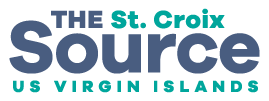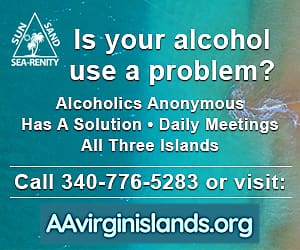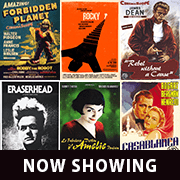
The National Aeronautics and Space Administration encourages students across the United States and its territories to enter the Power to Explore Student Challenge, an essay contest regarding solar system exploration. Individuals from the U.S. Virgin Islands and Puerto Rico are invited to participate.
NASA’s Power to Explore Student Challenge aims to inspire scholars to study and research the possibilities of exploring the depths of our solar system through radioisotope power systems (RPS), a form of nuclear power.
The Source spoke with Abigail Rodriguez, Safety and Mission Assurance Lead at NASA, originally from Puerto Rico, to obtain more information about the contest and why students are encouraged to apply before the deadline of 11:59 p.m. EST on Jan. 31.

“[The Power to Explore Student Challenge] invites kindergarten [through] grade 12 students in the United States and its territories to first learn about RPS, a type of nuclear battery integral to NASA’s far-reaching space missions, and then write an essay in 275 words or less about a nuclear-powered mission to any moon they choose in the solar system,” Rodriguez explained.
“[Students] should detail [which moon they would travel to in the solar system,] what they would explore, and how they would use the power of RPS,” Rodriguez said. “Also, we want to hear about their own unique ‘superpower’ that would help them to achieve mission success,” she added. Rodriguez noted that a person’s individuality and special ability/talents are examples of their “superpower.”
Radioisotope Power Systems
Rodriguez provided details about RPS and why utilizing the technology can be helpful in space exploration.
“There are currently only two practical options for providing a long-term source of electrical power for exploring outer space: 1) the light of the sun, and 2) heat from a nuclear source [such as RPS],” Rodriguez said. “RPS is a type of nuclear energy technology that uses heat to produce electric power for operating spacecraft systems and science instruments, [and] that heat is produced by the natural radioactive decay of plutonium-238,” Rodriguez stated.
“Many of the moons in our solar system, including our own, have freezing temperatures, long nights, and deep craters that never see sunlight, [and] missions to them would not be possible without RPS,” Rodriguez explained. “RPS enables NASA to power long-range missions without being tethered to a power line, and they work regardless of orientation to the sun,” she continued.
Inspiring a New Generation of Space Explorers
Rodriguez provided further details about NASA’s goal of motivating students through the essay contest and the prizes that will be awarded to winners.
“NASA seeks to inspire the next generation of explorers,” Rodriguez said. “Students [in school currently] are the generation who will [have the chance to] revisit Earth’s Moon, visit Mars, and explore the next space frontier,” she noted.
“Three grand prize winners will receive a trip to NASA’s Glenn Research Center in Cleveland, Ohio to learn about the people and technologies that power NASA missions,” Rodriguez stated. “During the visit, [the winners] will tour some of the test facilities that NASA uses to research and develop innovative solutions for a sustained return to the Moon and then onto Mars,” she continued.
“[Additionally,] three national finalists in each grade category, [the grade category depends on the ages of the students and includes] nine finalists [in] total, will receive a virtual session with a NASA RPS expert,” Rodriguez explained.
“[Finally,] 15 [students] in each grade category (45 semifinalists total) will receive a NASA prize pack,” she added.
“It’s never too early to learn about what’s possible and, perhaps one day, be the one to make it happen,” Rodriguez declared. “This challenge, even if it does not result in [a student] working for NASA, is a really great way to get kids of all ages excited about and involved [in the field of science, technology, engineering, mathematics and medicine],” she continued. “We can’t wait to see what they will dream up this year!”
Individuals can learn more about the Power to Explore Student Challenge on the contest’s website here.
Additionally, an on-camera interview between the Source and Rodriguez, which contains more information, can be viewed here.










